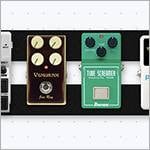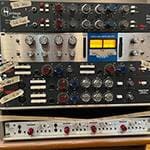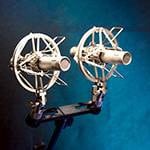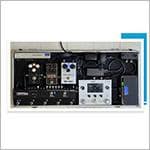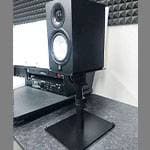■ Legendary Brand Oberheim
The name Oberheim has come up several times in my “Vagabond Synth Nerd’s Journal” series. This time, I’m reporting on the new Oberheim product I purchased, the TEO-5.
As a synth enthusiast, I have bought many synthesizers over the years, but ultimately, I always come back to analog synthesizers. The joy of sound creation is directly conveyed through the physical control panel, which is the true essence of analog synths.
When it comes to analog synthesizers, the classics in monophonic synths include the Minimoog, while the leading polyphonic synths are Sequential’s Prophet-5, Oberheim’s OB-X8 (current model), and Moog’s Memorymoog.
Ultimately, the quality of an analog synthesizer mostly depends on its oscillators and filters. In this regard, I consider these three brands to be the gold standard.
The other day, I tried out a new product from Moog, the Messenger, at a music store in Shibuya. It’s set to be released in early June, and I was amazed by the richness of its sound. Although it’s a monophonic synth, the Messenger’s tone was so powerful that it left me speechless. I’ve never owned a Minimoog myself, so I can’t comment too much in detail, but the Minimoog’s bass sounds still receive overwhelming support from many musicians today. The Messenger seems to have inherited the Minimoog’s genetic sound, boasting an impressively thick output. It gave me a glimpse into Moog’s true power.
Now, speaking of Oberheim, that thick, rich sound you hear in the intro of Weather Report’s classic “Birdland” is Oberheim’s trademark. The synthesizer heard at the start of Van Halen’s hit “Jump” is also an Oberheim. That incredibly thick, full-bodied, and almost sticky mid-to-low range tone is something only Oberheim can deliver.
Of course, the Prophet-5’s sound is also amazing, but when it comes to sheer “beefiness”, Oberheim takes the crown.
For me, the thickness of the sound is a crucial criterion when it comes to polyphonic synthesizers. Having once owned an Oberheim Xpander, I developed the notion that “the ideal sound for a poly synth is Oberheim!” Then came the TEO-5.
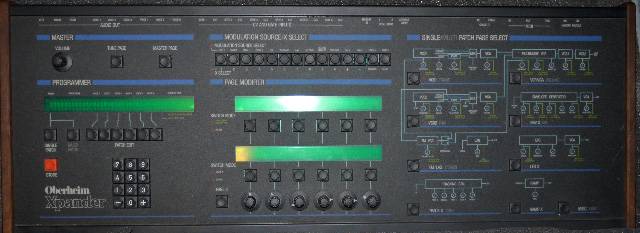
Oberheim Xpander analog synthesizer, CC BY-SA 3.0 (Source: Wikipedia)
■ The biggest difference in operability between the OBERHEIM TEO-5 and the SEQUENTIAL Take 5 lies in their collaborative design.
SEQUENTIAL (Dave Smith Instruments) / Take 5
The Oberheim TEO-5 was developed in partnership with Sequential, and as a result, both synths share exactly the same size. Both feature 37 keys and have their pitch bend and modulation wheels located away from the keyboard, making for a very compact design. In terms of weight, the Take 5 comes in at 7.7 kilograms, while the TEO-5 is slightly heavier at 7.8 kilograms—though when you actually hold it, it feels even heavier than that.
The knobs are slightly different between the two models. The TAKE-5 features knobs coated with a rubber-like material, providing a non-slip grip that makes turning them with your fingers easy and comfortable. On the other hand, the Oberheim TEO-5 uses black plastic knobs, the same type that’s found on the previously released OB-6 model.
Both the TEO-5 and TAKE-5 feature a wide range of modulation functions, which often require turning knobs from values as low as 0 up to 100 or more. This means you sometimes need to rotate the knob quite a bit. When doing this, especially if you're using your left finger to turn the knob while your right hand plays notes on the keyboard (or vice versa), you usually slide the side of the knob with just one finger, which is often the middle finger.
In this situation, the TAKE-5’s rubber-coated knobs are a big advantage because your finger won’t slip, making it much easier to turn the knob precisely with just one finger. On the other hand, the TEO-5’s plastic knobs have fewer grooves or grip features, so they tend to slip more when you try to rotate them with a single finger, making control more difficult. Since scenes requiring this kind of knob operation happen frequently, the TAKE-5 has the edge in terms of ease of use.
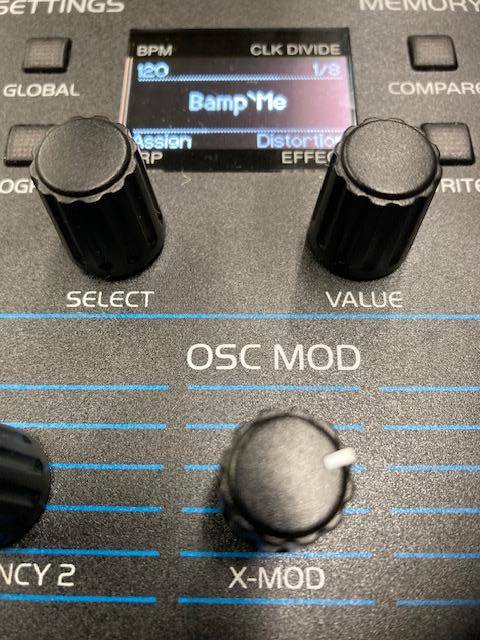
Plastic knob of the TEO-5
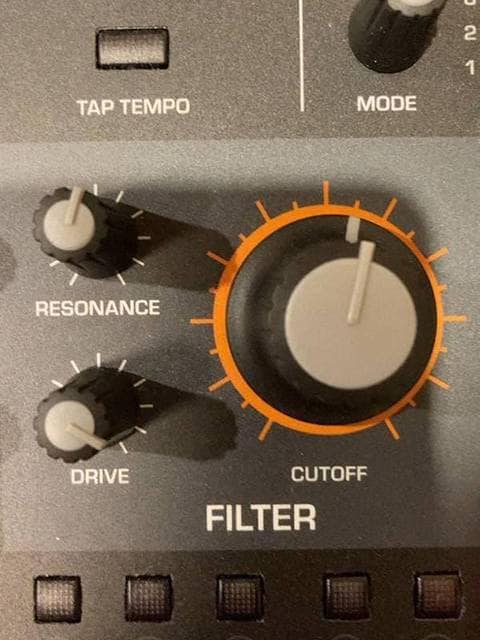
Rubber-coated knob of the TAKE-5
■ Even though it’s compact… it’s definitely Oberheim!!
As for that crucial sound, the TEO-5 delivers that unmistakable Oberheim tone! Although it’s hard to directly compare it to the sound of the Expander I previously owned (which I’ve already sold), recalling from memory, the Expander’s sound was a bit more rounded and smooth, with softer edges and a greater sense of spaciousness or “air” around the tone.
In contrast, the TEO-5’s sound feels like a modernized version of the Expander’s; it’s sharper and more defined. The tone itself seems more solid and dense compared to the Expander. Without a doubt, it’s the classic Oberheim sound.
■ Simulating the Minimoog in the Greg Mathison Project!
I play in a band where we perform songs from the Greg Mathison Project. This album is considered a classic live recording from the 1980s, which captured a session at the famous Los Angeles live venue, Baked Potato. The lineup is powerful: Greg Mathison on keyboards, Steve Lukather on guitar, Jeff Porcaro on drums, and Robert Popwell on bass.
Greg Mathison performs using only a Hammond B-3 organ and a Minimoog. Until now, I’ve been recreating the Minimoog sounds using the TAKE-5, but the TAKE-5’s tone isn’t quite as full-bodied as the real Minimoog since it lacks some of the mid-low range warmth and volume. This difference likely comes down to the characteristics of the oscillators and other components.
While the TAKE-5 produces a solid and impressive sound, I feel it’s not particularly well-suited for simulating the Minimoog’s distinctive tone.
However, with the TEO-5, I was able to get much closer to the Minimoog sound. Both oscillators use sawtooth waves, and I mixed in an octave-lower tone using the sub-oscillator. By adjusting the cutoff, resonance, and envelope generator slightly to add a horn-like flavor, and adding a bit of portamento, I could approximate the Minimoog sound that Greg Mathison produced at the Baked Potato. Compared to the TAKE-5, the Oberheim TEO-5 offers richer mid-low frequencies and a thicker tone, making it much easier to program the Minimoog sound.
I also tried using it in the studio, and the sound cut through perfectly. There was absolutely no problem competing with loud guitar tones. The master volume was only around 3 or 4.
Next time, I plan to report on the differences in sound design between the TEO-5 and TAKE-5.
The “sound & person” column is made up of contributions from you.
For details about contributing, click here.





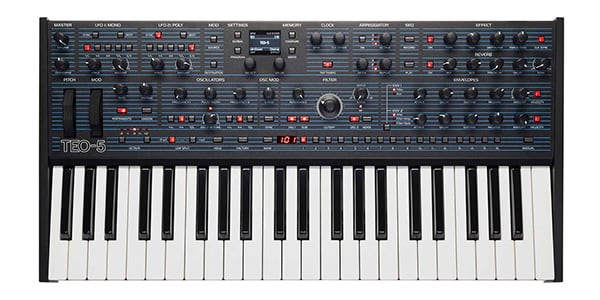
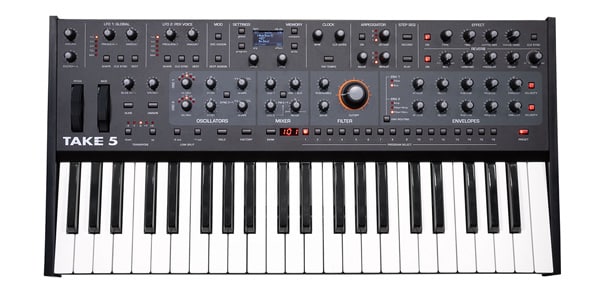



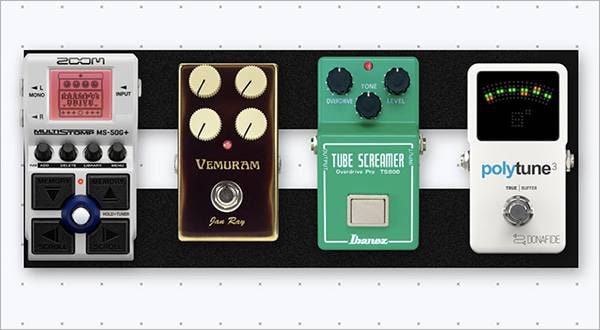
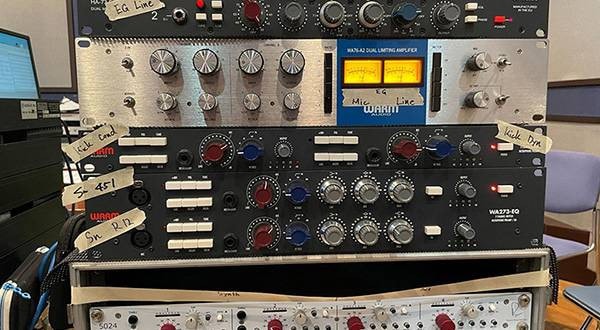
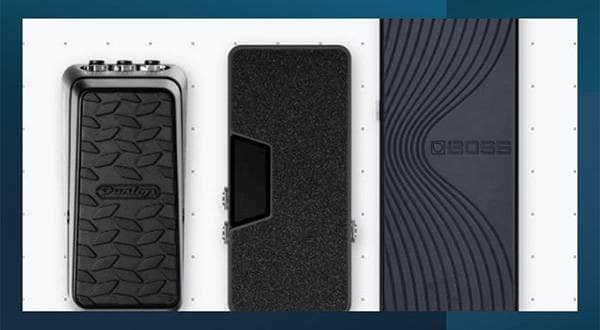
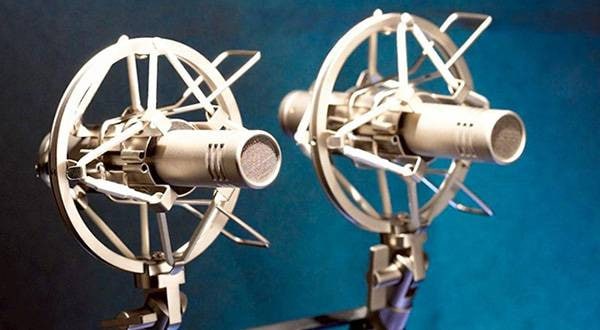
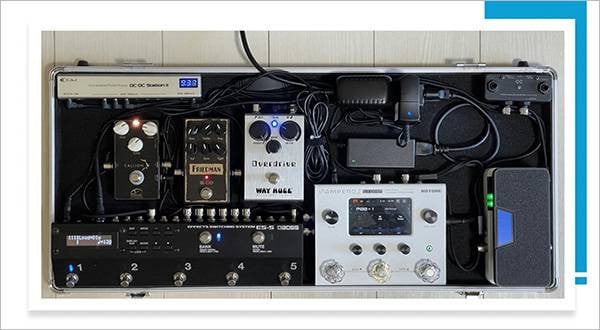

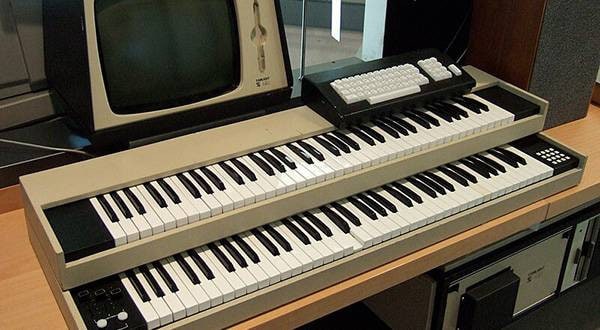
![Enchanting Instruments 63 - Electronic Sound Source Mechanism 3: Analog Synthesizer [Subtractive Synthesis]](/contents/uploads/thumbs/5/2023/5/20230509_5_22461_1.jpg)

![[2025 Latest Edition] Choosing a Synthesizer/Popular Synthesizers Ranking](/contents/uploads/thumbs/2/2022/9/20220916_2_19446_1.jpg)
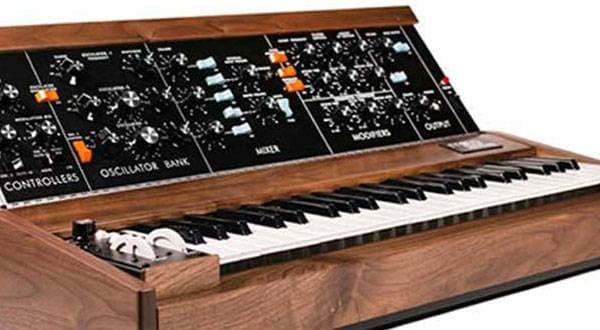
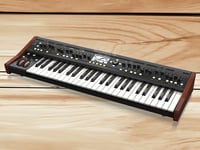 シンセサイザー 入門ガイド
シンセサイザー 入門ガイド
 PLAYTECH 鍵盤特集
PLAYTECH 鍵盤特集
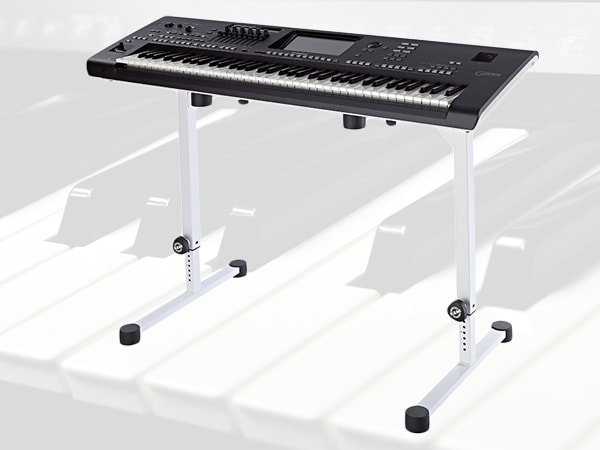 キーボードスタンドの選び方
キーボードスタンドの選び方
 おすすめの電子ピアノ
おすすめの電子ピアノ
 超オススメのフレーズ道場 キーボード
超オススメのフレーズ道場 キーボード
 キーボードスタートガイド
キーボードスタートガイド
